Brand new Leica QX
Stunning new cameras from Leica
see also Leica Rumors
Leica has a nice camera, the Q2, a monochrome, fixed lens mirrorless camera of exceptional quality and with impressive specs. But is it a camera I would aspire to? No. For a start it has a 28mm lens, and Leica encourages those of us who wish to shoot around the 'normal' range of 50mm to use the digital zoom ...
Oh. Dear. :-(
Furthermore, what are the distance and depth of field scales for? Useful certainly with 'M' lenses - see below my section about Henri Cartier-Bresson, who put them to purpose successfully by using them to 'pre-focus' the lens with the help of the depth of field indicator - but they are absent from 'SL' lenses. For good reason.
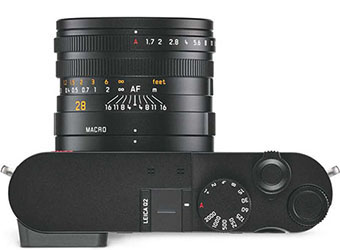
the Leica Q2
And the manual aperture and shutter speed rings are old-fashioned and clumsy, with the new QX camera the adjustments are applied more conveniently with an aperture / shutter speed thumb wheel ... one move of the thumb adjusts both aperture and shutter speed, without having to take the camera from the eye.
A new feature is the improved accessibility of exposure compensation via a dedicated large thumb wheel - it has been removed from the menu navigation and enlarging / reducing viewed pictures wheel ... with the superior OLED viewfinders we now can easily evaluate and adjust the exposure before we shoot a frame.
The rumoured new QX is truly a minimalist camera. It features a compact 50mm f/2.8 lens, small enough to be taken anywhere, anytime. It is both a point-and-shoot-always-ready reportage camera ... as well as a camera suited to fine art photography, without the quality of the image compromised by digital zooming.
The 50mm f/2.8 lens is a bold but sensible choice: Digital viewfinders are bright by default ... and high ISO capability lessens the need for fast lenses. The comment has been made that Leica's 50mm f/2.8 lens would not be a Summicron but an Elmarit. In my M4 days I shunned the Elmarit, I didn't like having to extend it.
In those days, with low ASA film, I used fast Summilux and Noctilux lenses; but a 50mm f/2.8 lens would probably be an Elmarit, as long as it would not need to be extended ... the small lens allows for a built-in electronic diaphragm lens cover, activated as the camera is turned on. Importantly, there are two new features:
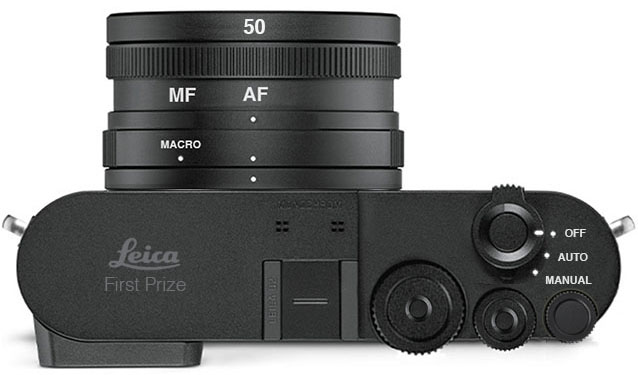
the Leica QX-50
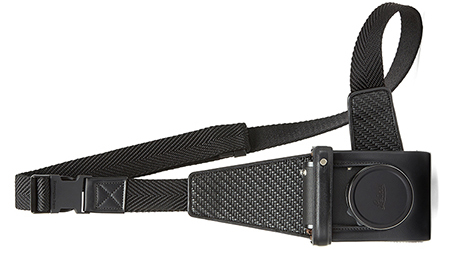
one specific use for the QX + holster is as a First Prize for Leica photo competitions
The rumoured new Leica Q series features two new thumb wheels. The most used one is large, for adjusting the exposure. A welcome nicety is its centre button ... clicking it, a histogram appears in the viewfinder and shows the distribution of hi-lights and shadows in the image while they can be adjusted. Sweet.
For the record, when shooting a portrait with a strong backlight, or an otherwise very bright background / surround, the camera's light meter will under-expose the picture and the face will be too dark; brightening the exposure is required. Conversely, with a dark background or surround, the camera wants to brighten the picture and the face will wash out; darkening the exposure is required ... one may also wish to under- or over-expose a picture for effect.
The smaller wheel is for changing both aperture and shutter speed ... turning the wheel increases the f-stop while decreasing the shutter speed, and vice/versa, while leaving the exposure constant. The ISO value is also adjusted up or down, should the selected aperture or shutter speed necessitate a correction.
A button in the centre of the smaller wheel arrests either the aperture or the shutter speed setting; automatic exposure adjustment still takes place with f/stop priority (press the button once) or shutter speed priority (press twice in quick succession). Press the button three times consecutively for a frozen exposure.
In f-stop priority one may wish to shoot with a wide open aperture for a shallow depth of field and soft bokeh, or a very small aperture for an extended depth of field. A short shutter speed in shutter speed priority is required for sport and action shots - in both cases either the shutter speed or aperture as well as the ISO value are adjusted automatically to achieve a correct exposure; which - nevertheless - can still be adjusted with the large thumb wheel.
In manual mode* the large wheel sets the aperture while the small one adjusts the shutter speed. The centre button of the small wheel locks both.
* Manual ? Oh. Yes ... manual. When using flash (especially studio flashes) one may want to use 'manual' ... and here is another 'nicety': when using the Leica on-camera-flash, the menu navigation wheel can be programmed to adjust the flash intensity up or down. Sweet.
All adjustments are shown in the viewfinder, and are possible without the need to take the camera off the eye. Total control. Very. Very. Very. N i c e. I N D E E D.
These are the specifications for the QX:
- QXM - monochrome
- QXC - colour
- full frame, 47.3 MP
- 10 frames per second
- 4K video
- matte black finish
- 50mm f/2.8 lens
- ISO 50 to 102,400
- large thumb wheel, dedicated to activate exposure compensation
- small thumb wheel, dedicated to adjust aperture and shutter speed
- smallest thumb wheel, programmable
This camera will appeal to the enthusiast, as well as retired pro photographers, who in their retirement just want to shoot that art project and turn into reality the large-format art exhibition some of them have dreamt about for all of their pro years, but which they never really had time for during their professional career.
Photographers in that position appreciate the one-lens-with-no-option-to-change-lenses paradigm ... as ex-pros we wouldn't want the cost of a multitude of lenses; besides, as dedicated enthusiasts we embrace the 'restriction' of shooting like Henri Cartier-Bresson with the lens that gives us a field of view similar to the eye.
Ok ... while I say I would not get the Q2 - largely because of the 28mm lens - I fully acknowledge how well that lens works for someone like Greg Williams. His photography is great, and he probably is right saying his style of photography can only be achieved with a wide angle camera ... it's likely Leica will produce two QX: a QX-50 as well as a QX-28.
Famously Bresson would say using the 50 predominantly * is because it shoots with the perspective of the eye and he could walk around with the camera in his hand, pre-focus it, lift it up (maybe not even doing that) and just shoot ... Genius. Good enough for me; sooo convenient with the auto focus and auto exposure QX.
* HCB also used a 'wide' lens, the 35mm
This is probably a good spot for an anecdote about HCB and him pre-focusing his shots. Once he was interviewed by Helmut Newton, who looked at some of his new pictures and remarked dryly, "Henri, some of these are out of focus." Cartier Bresson reportedly said, "ahhh, you know, 'Elmut ... I think sharpness in photographs is a bourgeois concept!"
I know ... I K N O W !
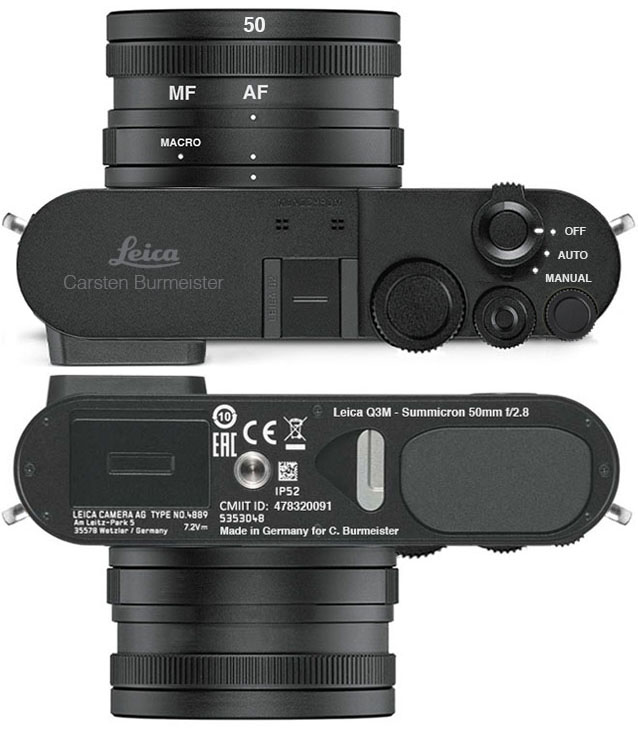
It is rumoured the camera will be available in a limited, personalised edition. I could well be a candidate - Carsten Burmeister - I used to shoot Leica M4; recently my camera system was Canon EOS 1 Ds, besides large format and Hasselblad.
Earlier on in my career - in Europe and on my Europe-to-Asia trip - I used Nikon.
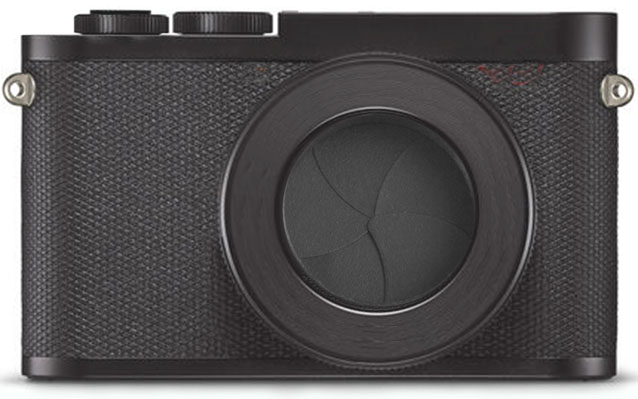
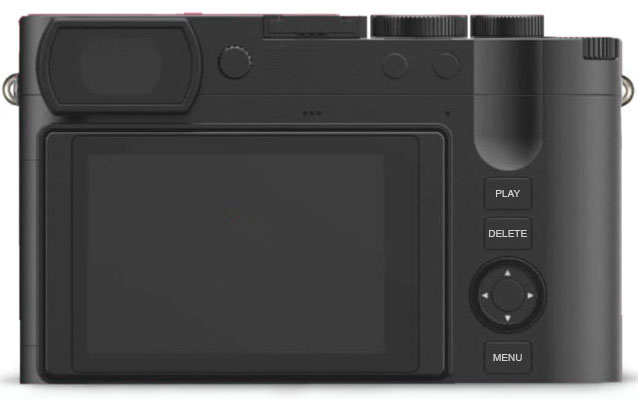
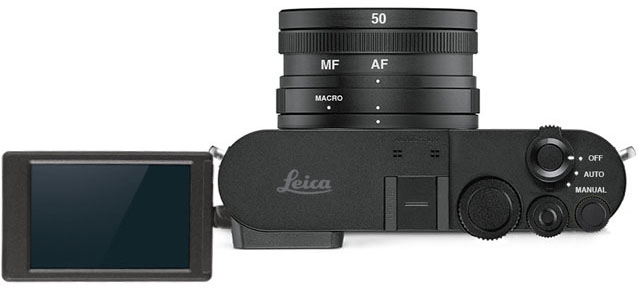
QX ... a quality camera, uncompromisingly minimalist ... only from Leica
_______________________________
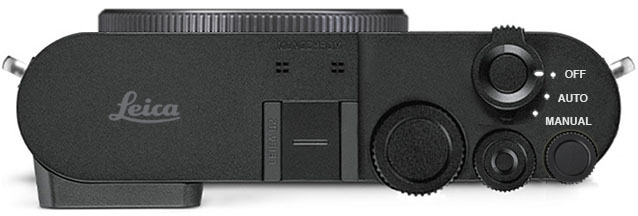
Furthermore, the Q concept shall be applied to a professional Q series camera ... this time colour with 8k video, the QXs. Indeed, it is rumoured Leica will go the Full Monty Q camera system ... with a body and six interchangeable Q series lenses.
Insiders say there will be three f/2.8 zooms ... 12-24mm, 24-70mm and 70-200mm as well as three fixed focal length f/1.4 prime lenses ... wide 25mm, normal 50mm and the spectacular 100mm portrait lens ... developed from the Zeiss Otus lens.
The zoom 12-24mm is of special interest to me: It is a fish-eye lens ... at 12mm the picture angle is 180 degrees, at 24mm it is 84 degrees ... the same as the 24-70mm zoom. I have over the years successfully used a fish-eye ... as a portrait lens; unbeatable in a crowd. Furthermore, I have also often used the lens as a 'straight' super wide angle for interiors ... the distortion is readily corrected during post production in Photoshop. Samples.

three Leica Q f/2.8 zoom lenses
but wait ... there's one more:
oh, and since we are firmly in fantasy-land here
a reader pointed out ... it really would be amazing
if there was a zoom 24-200mm f/4 ... thanks, Leica
and, yes, while we're limitlessly fantasy-free-wheeling
one more comment inspired me to invent a 12.5mm f/1.4
so the prime lens range now doubles three x from 12.5mm
sooo cool ...
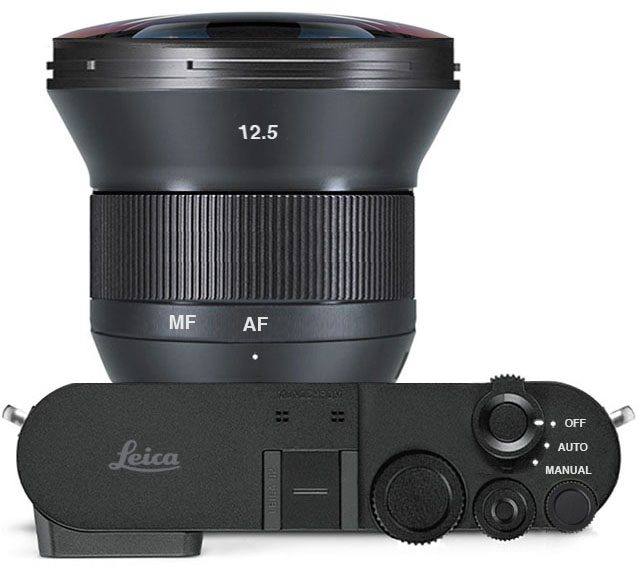
... ok, if these eight lenses were to come true, the kit with two
bodies would probably cost about $150k ... as much as a pro-
fessional broadcast video camera with a couple of lenses;
is Leica in the same league?
three (or four) Leica Q f/1.4 prime lenses
_______________________________
I like to blog about cameras - lets get technical - as well as photography ...
Apple iPhone PRO SuperMax
Just announced: Apple iPhone PRO SuperMax
Marisa and the Whales
Marisa dives with the Whales
Waves
Waves to soothe your mind, by Warren Keelan
NASA provides us with a look at another world